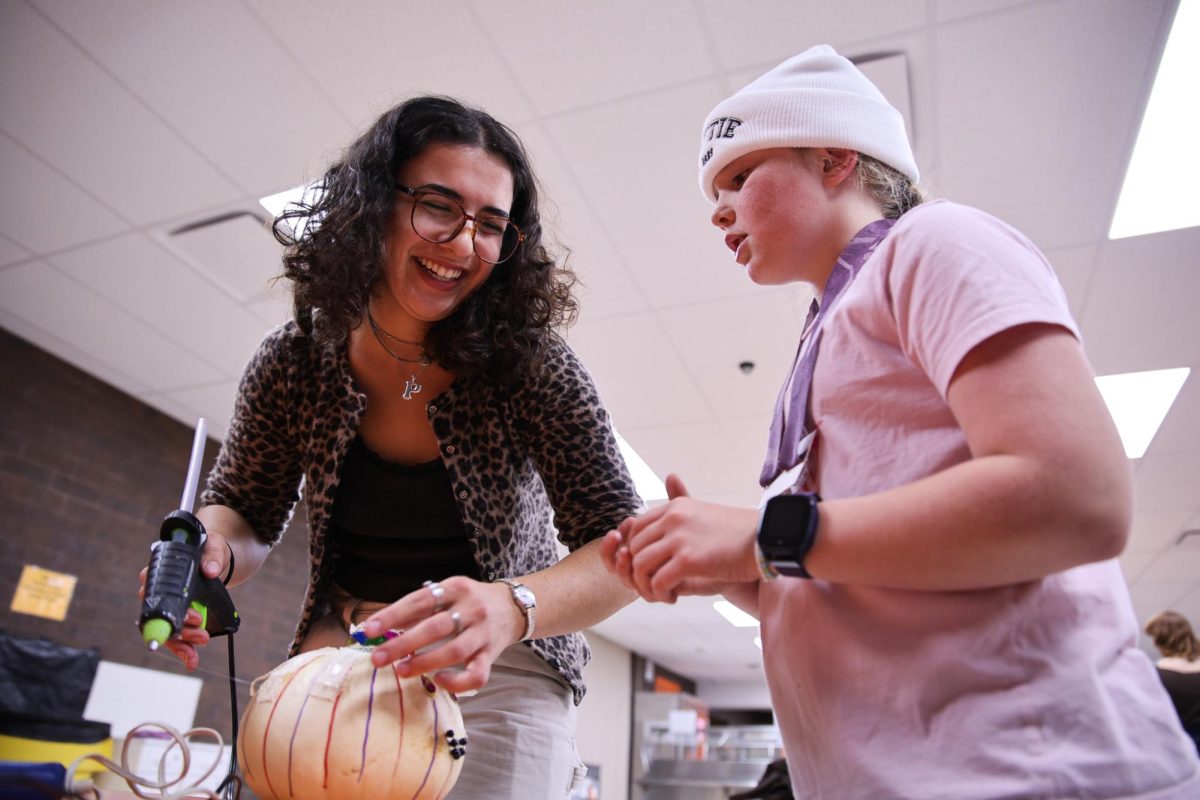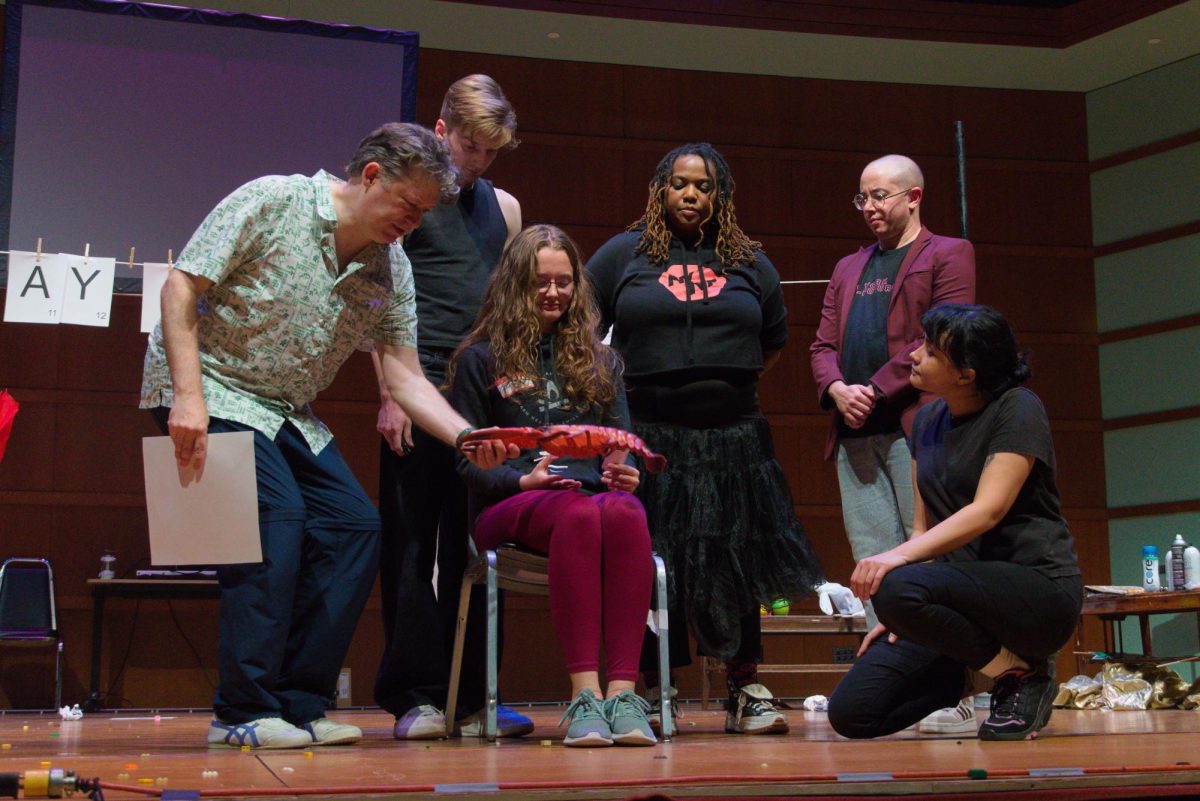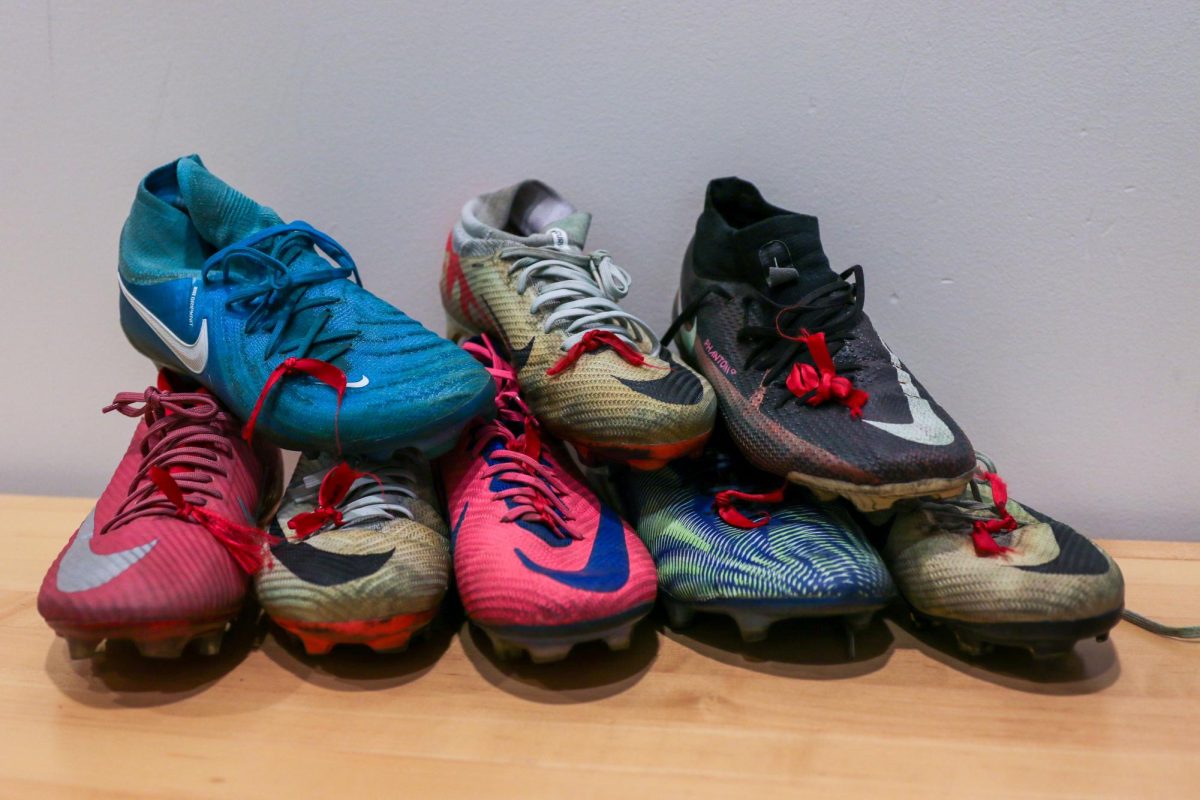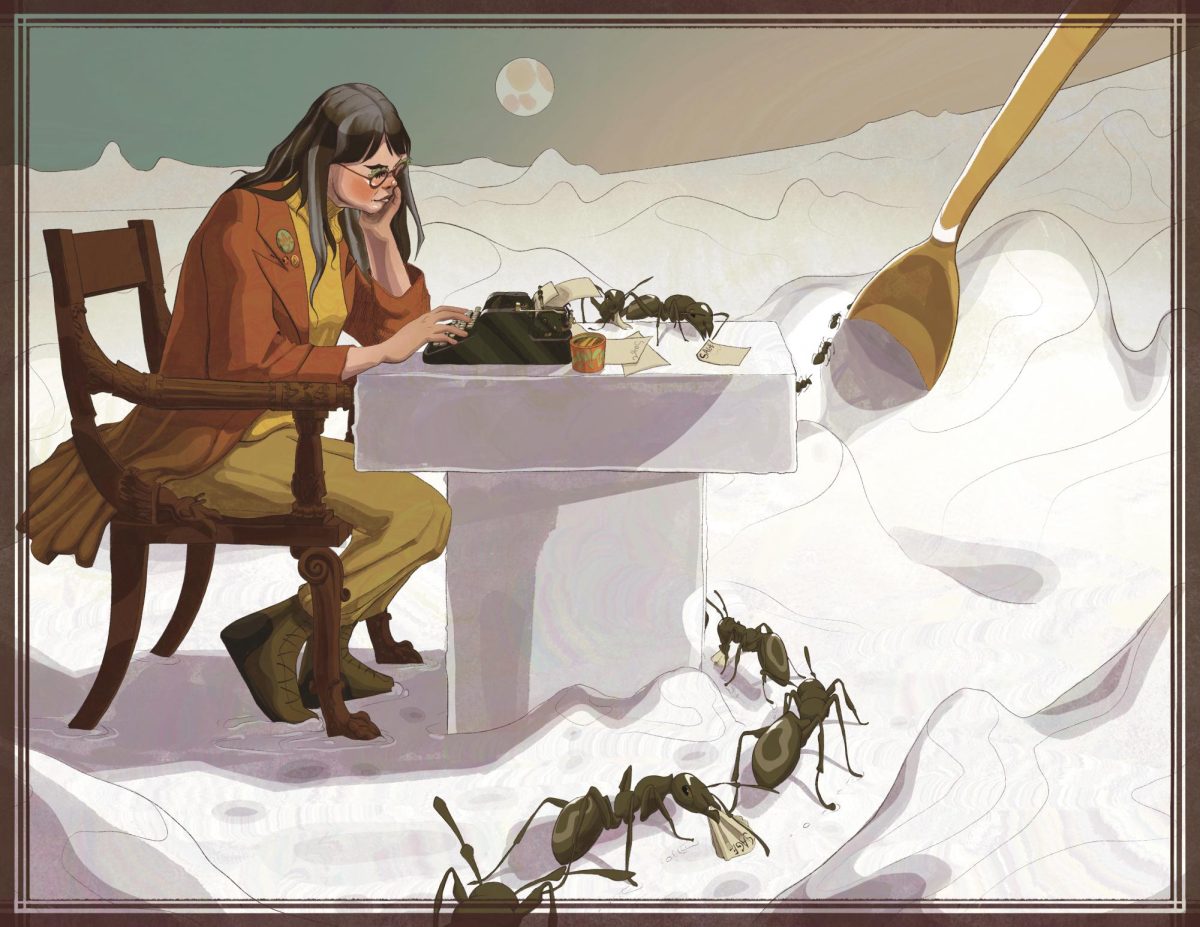
Walking through the over-the-counter medication aisle in any convenience store, you’re likely to find rows of shelves filled with dietary supplements, all with their own promised results — immune support, improved heart health and clearer skin are just a few of the most common. But do these supplements actually work?
First of all, it’s important to note that some people may need to take supplements for medical or dietary reasons — vegans, for example, may need to take certain supplements to make up for the lack of vitamin B12, found mostly in meat and dairy products. However, many people may take vitamins or other supplements simply because they believe they will improve their health, with or without scientific evidence.
In a January 2016 article, Market Watch declared the supplement business a $37 billion-per-year industry. But, they say, the majority of purchasers are not people for whom the supplements are medically necessary. The article continues, stating that although eating a nutritious diet is critical to one’s health, it’s generally better to get those nutrients from the food itself rather than consuming them in isolation as a pill. In addition, because of lack of regulation of the supplement industry, the manufacturers likely did not have to prove that the pills are safe, or that they work.
In addition to potential ineffectiveness, taking supplements you don’t need can actually be harmful to your health. According to the U.S. National Institutes of Health website, some supplements interact negatively with prescription medication (for example, vitamin K reduces the effects of certain blood thinners), and taking too much of various supplements can cause varying and unpleasant side effects, like nausea and headaches.
Ultimately, although dietary supplements are a medical necessity for some, they should not be used without reason by the general public. If you believe you may benefit from taking supplements, you should talk to your doctor to determine what is right for you.
This week’s book:
“Half the Sky: Turning Oppression into Opportunity for Women Worldwide” by Sheryl WuDunn and Nicholas Kristof is an intensely readable book, giving its message through the real-life stories of various women from around the globe. In addition, the book touches upon the problems that can arise from Western volunteer efforts in developing countries, as well as economic analysis of what it means to leave behind traditional gender roles relating to household management of funds and work.
This week’s music:
To welcome in the cold weather and the fall air, try the Pernice Brothers’ ultra-chill 2003 album “Yours, Mine & Ours.” Smooth vocals, electric guitar and ethereal melodies combine with enigmatic and occasionally almost indecipherable lyrics to create the ultimate autumn walking soundtrack. My favorite track on this album is the upbeat but wistful opening song, “The Weakest Shade of Blue,” but make sure not to miss “One Foot in the Grave,” which has the distinctive feel of early-2000s indie rock, and “Number Two,” which has perhaps the best lyrics of any song on the album and a bridge section that surprises me each time I listen to it.
This week’s recipe:
Fresh guacamole
This recipe is inspired by the New York Times’ recipe, but with a few edits that I feel make the flavor purer and fresher. Some people like to add lime juice, cayenne or chopped chili peppers; if you do, simply mix those in to taste at the end of the process. The key to this recipe is the chunkiness of the avocado — when mixing, make sure not to blend into a paste, but instead to leave it in small pieces.
Ingredients:
• One avocado (soft to pressure but not overripe)
• One medium-sized tomato or ¾ of a cup of cherry tomatoes
• ¼ cup chopped onion
• ½ teaspoon salt
Directions:
1. Slice avocado in half lengthwise and remove pit. Peel both halves (peel should separate easily) and place face-down on cutting board. Cut both lengthwise and widthwise to create generally cube-shaped pieces.
2. Core tomato and squeeze out pulp (if using cherry tomatoes, do this by cutting off the tops). Like with the avocado, cut in a grid pattern to get cubical pieces.
3. Mash about a quarter of the onion with the salt in a bowl. Leave the rest of the pieces whole.
4. Put all ingredients into a bowl and mix well but gently and serve. Keeps up to 2 days in an airtight container.

















































